IP Foundation
IP Foundation
IP Foundation is the core of IP, it contains everything a Petrophysicist would need for their day-to-day tasks. From the management and enhancement of log data right through to deterministic interpretations, uncertainty analysis, NMR interpretation and even the ability to build your own applications. The IP Foundation suite can also act as the platform on which other more specialized IP modules can be added to.
Explore the modules
included in this toolkit

Ross Brackenridge
IP Product Champion
“IP Foundation has a vast amount of functionality for an entry level product, it includes a lot of features that would require costly upgrades in other software products.”
IP Platform
IP Platform contains all the tools and modules required for the complete management of subsurface log data including loading/exporting (handles all industry standard data formats), visualization (includes log plots, x-plots, histograms and much more) and manipulation of data (including editing, filtering, depth shifting and much more).
Pictured: IP Platform contains all the tools required.
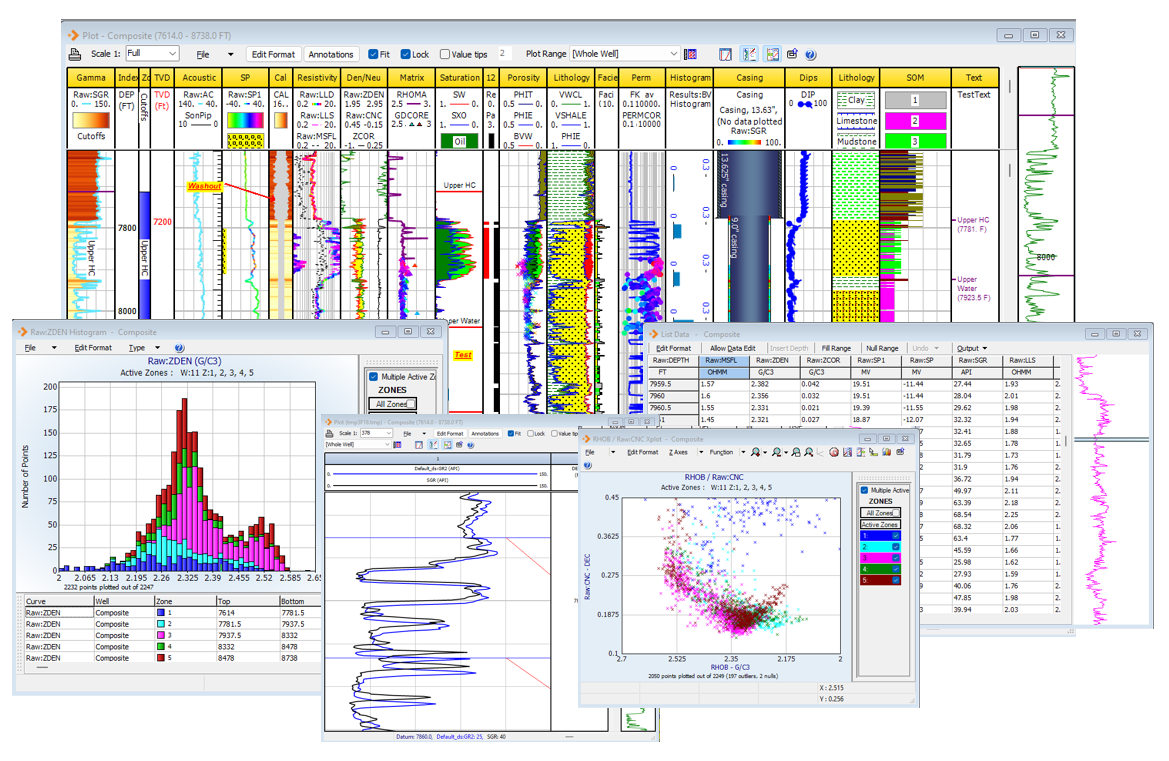
IP Interpretation
IP Interpretation allows users access to the full, accurate, deterministic, petrophysical workflow – the workflow includes dedicated modules for determining Clay Volume, Porosity/Water Saturation, Cut-Off/Summations plus NMR Interpretation. It can be applied to single wells or multiple wells at a time. Its an industry leading workflow which has benefited from over 20 years of enhancements and fine tuning from our team of experienced Petrophysicists.
Pictured: Full, accurate, deterministic, petrophysical workflow.
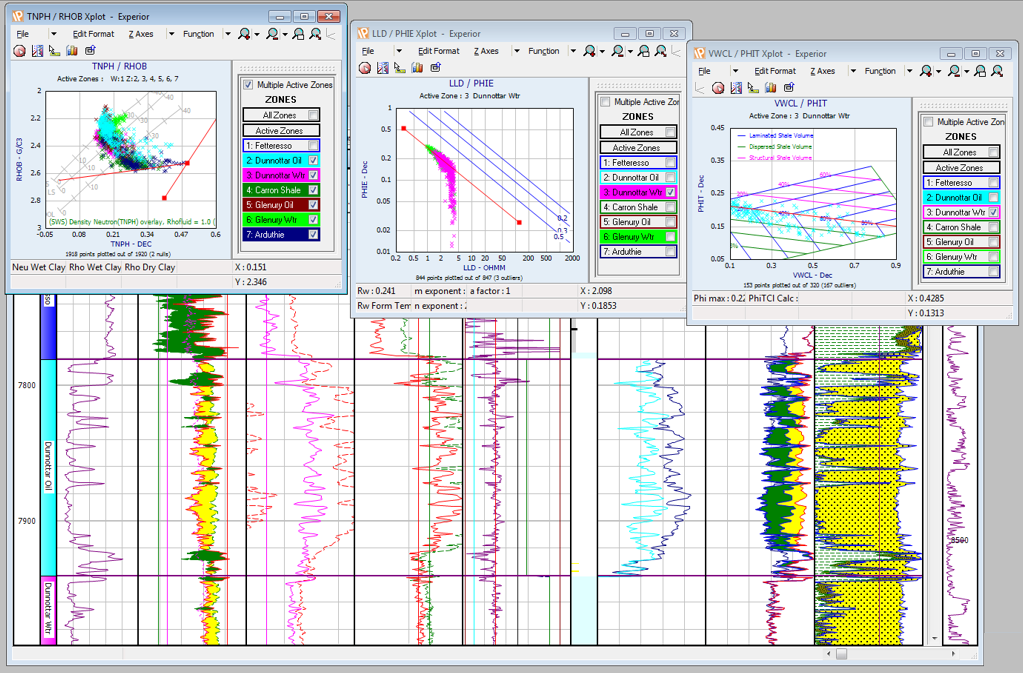
IP Power Tools
Powertools is an advanced license that encompasses multiple enhancements which can take your IP workflows to the next level. Currently the license includes the features ‘Global Parameters’ which can significantly streamline interpretations on large groups of wells and ‘Titled Parameters’ which allows you to account for the affects of changing reservoir properties within a single zones by tilting the interactive parameters in IP.
Pictured: IP Powertools encompasses multiple enhancements.
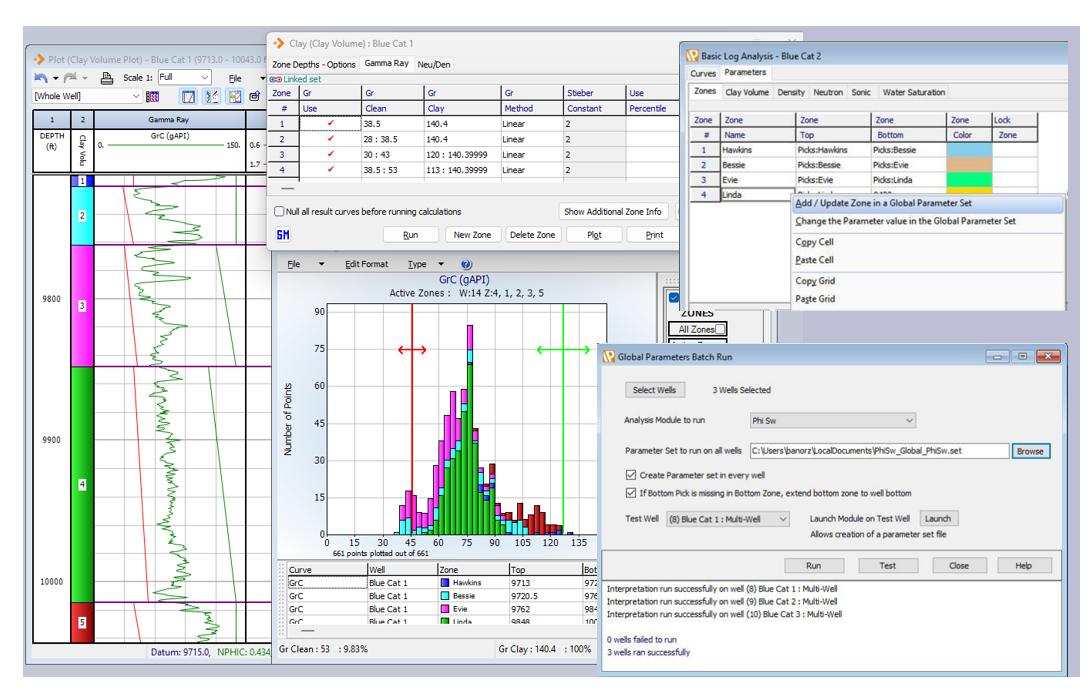
Chrono Log
Chrono Log imports, reviews and analyses time-indexed LWD data. Run in combination with XStream Connect, you can process data in real-time to diagnose drilling problems or refine drilling parameters. Chrono Log can also convert time-indexed to depth-indexed data for comparison with conventional logs.
Pictured: Select and convert time-stamped data to depth indexed data.
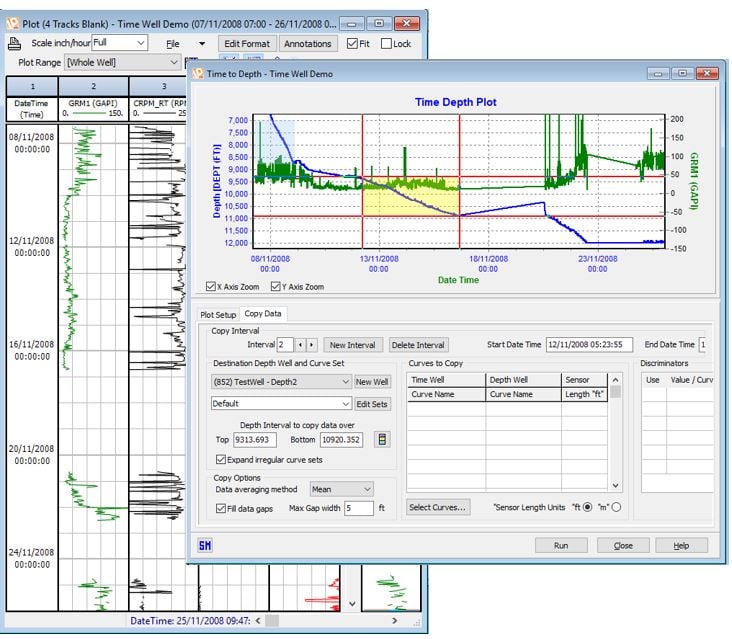
Monte Carlo Analysis
Petrophysical workflows can be deeply complex, using hundreds of inputs. Variance in any one of them affects the Net-to-Gross. Our true Monte Carlo Analysis module cuts through the complexity, isolating the key curves and parameters affecting your bottom line to help you build a defensible and robust interpretation.
- Proven technique for finding the input sensitivities in any multivariate system
- Quantitatively show interpretation error to accurately inform risk assessments and best-worst cases
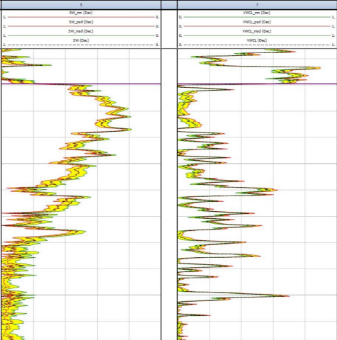
Explore IP
From porosity and pore pressure to reservoir productivity, IP gives you an incredibly capable and customizable solution to share and interpret well logs and many other vital data types.
Toolkits
IP Foundation
Contains all the tools and modules required for the complete management of subsurface log data including loading, log plots, x-plots, histograms, editing, filtering, depth shifting, exporting etc. Carry out the full, deterministic, petrophysical workflow – Includes Clay Volume, Porosity/Water Saturation, Cut-Off and Summations modules plus NMR Interpretation. Also includes Monte Carlo Analysis for uncertainty analysis, Chrono Log, IP Power Tools and the ability to create you own IP applications.

Advanced Formation Evaluation
Carry out complex interpretations with Mineral Solver, and characterize your reservoir with Saturation Height Modeling, Hydraulic Flow Units, and Formation Testing modules.
Learn More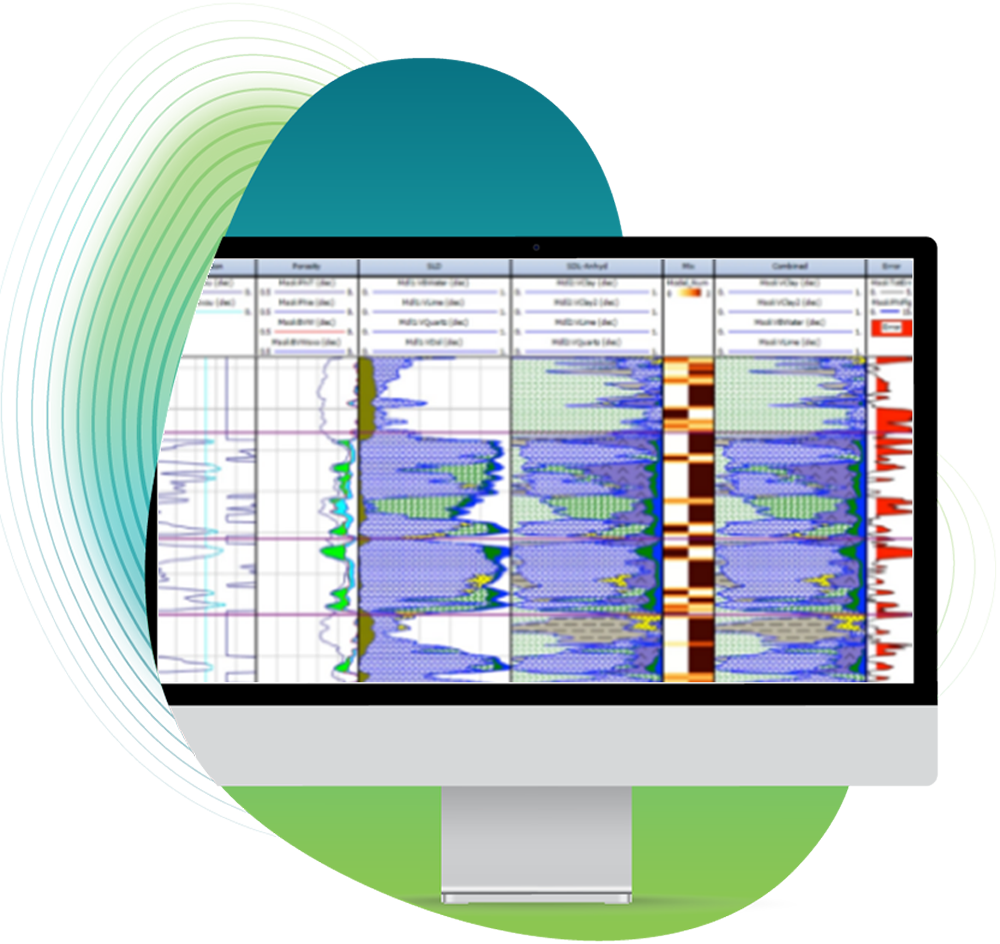
Borehole Imaging
Perform enhancements and corrections to Image Log data, utilize the vast amount of display and interpretation options specifically tailored for all the main image log tool types on the market.
Learn More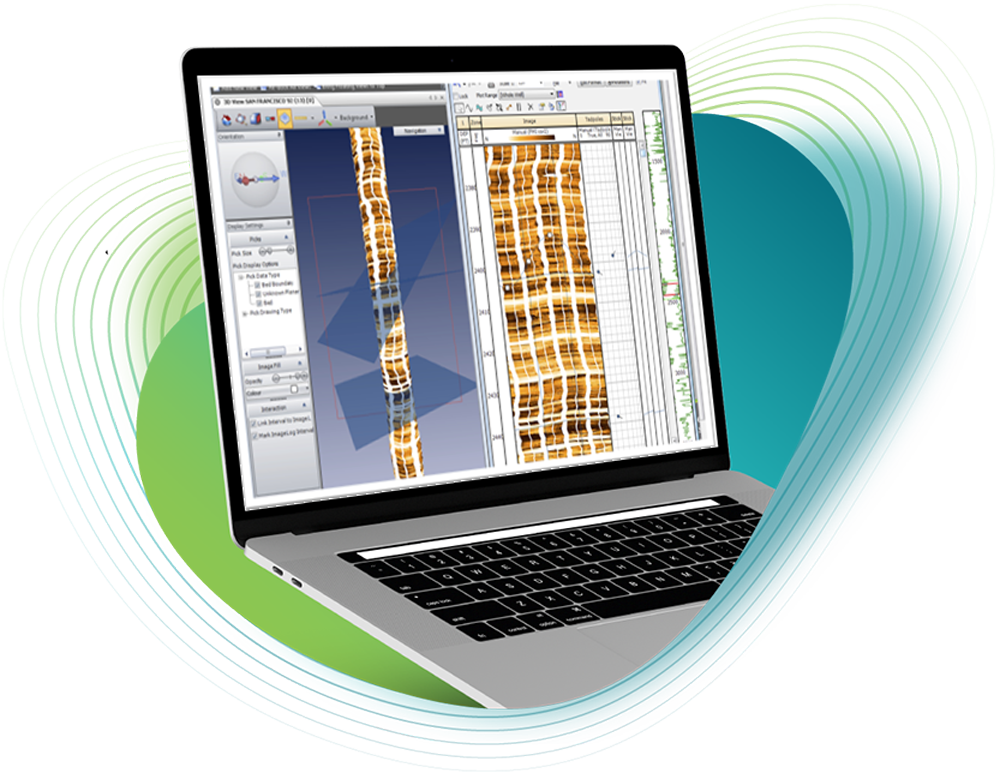
Cased Hole
Assess the downhole integrity of your wells with the casing and cement evaluation modules, while also monitoring reservoir fluid saturations and the production performance of each well.
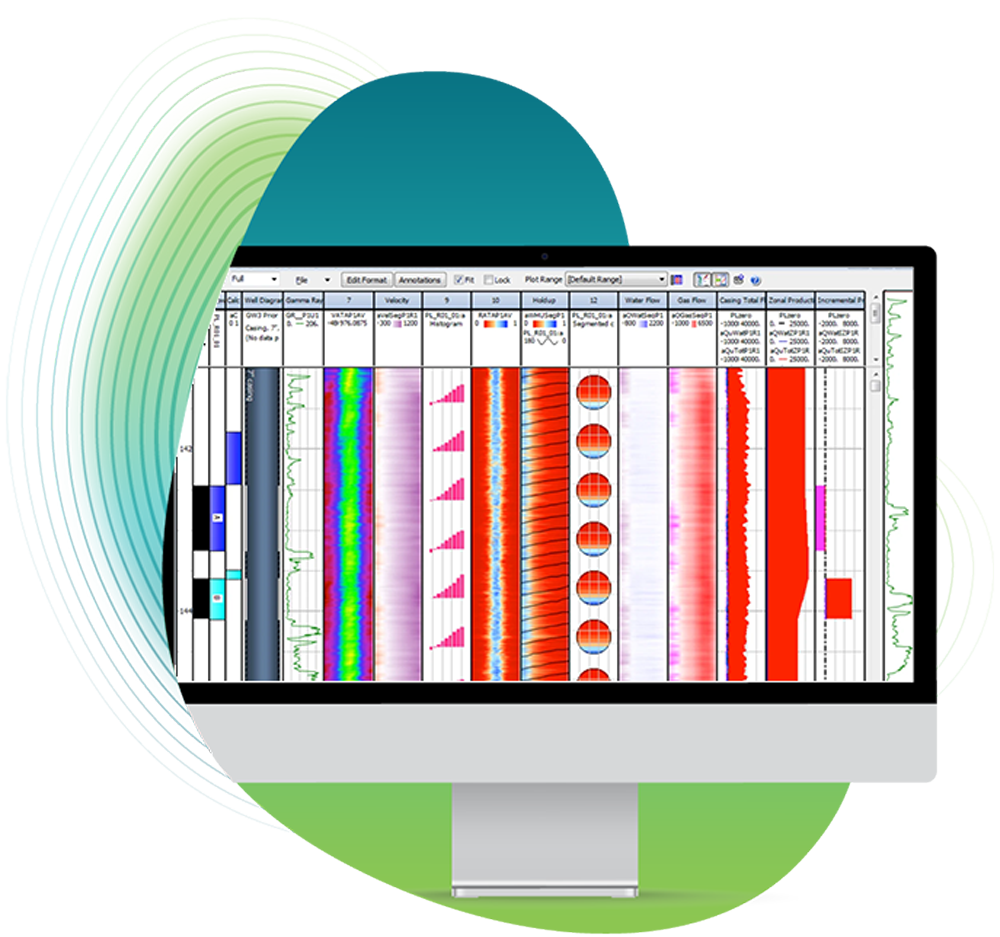
Geomechanics
Assure your well’s stability and maximize production lifetime using our suite of Geomechanics modules. Calculate pore pressures, determine wellbore stability and calculate risk of sand production.
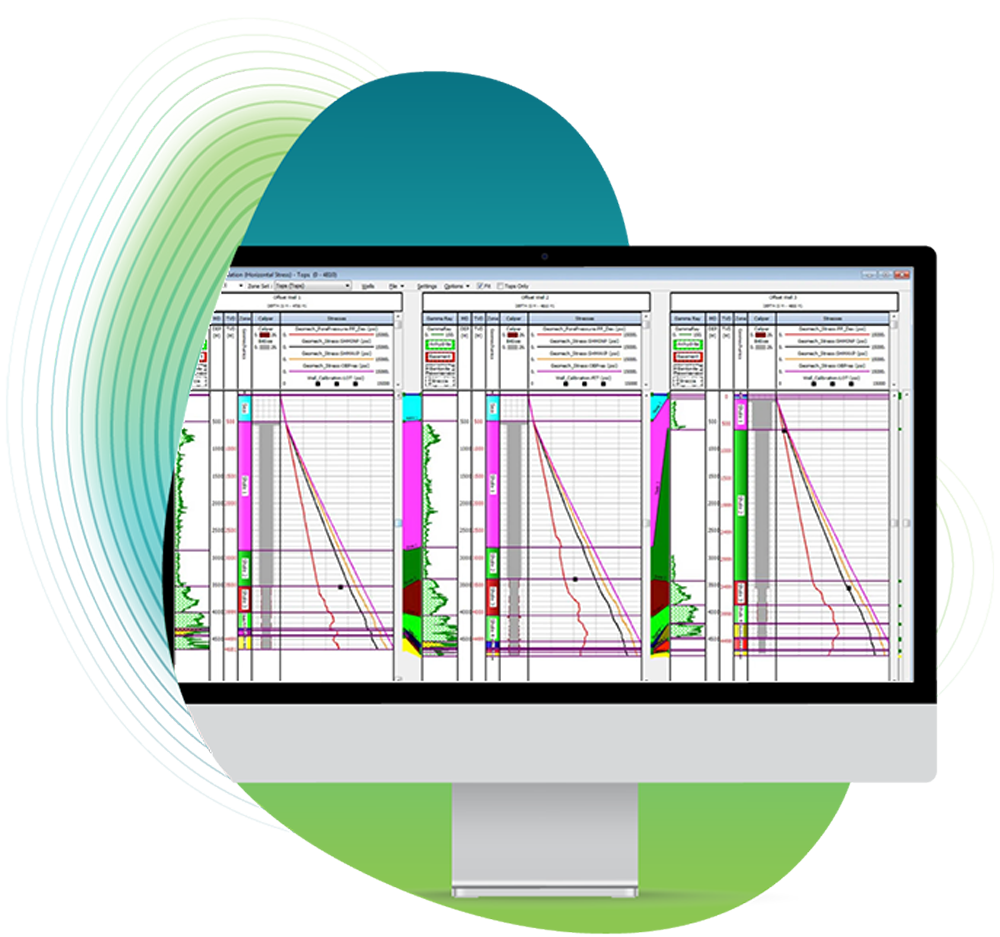
Geophysics
Bring your Petrophysics and Geophysics teams together to calculate the downhole acoustic properties of the formation, carry out fluid substitution analysis and create synthetic seismograms.
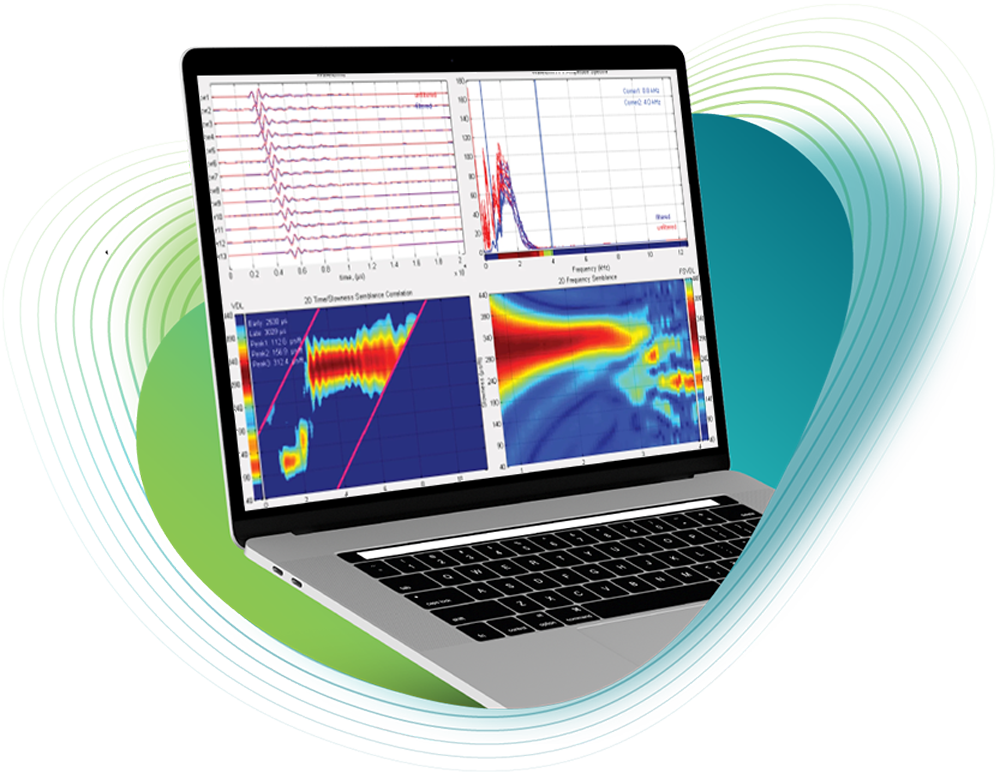
Machine Learning
Carry out data repair, prediction of missing curves, or key reservoir properties using minimal source data. Classify reservoir rock types using Self Organizing Maps and Cluster Analysis.
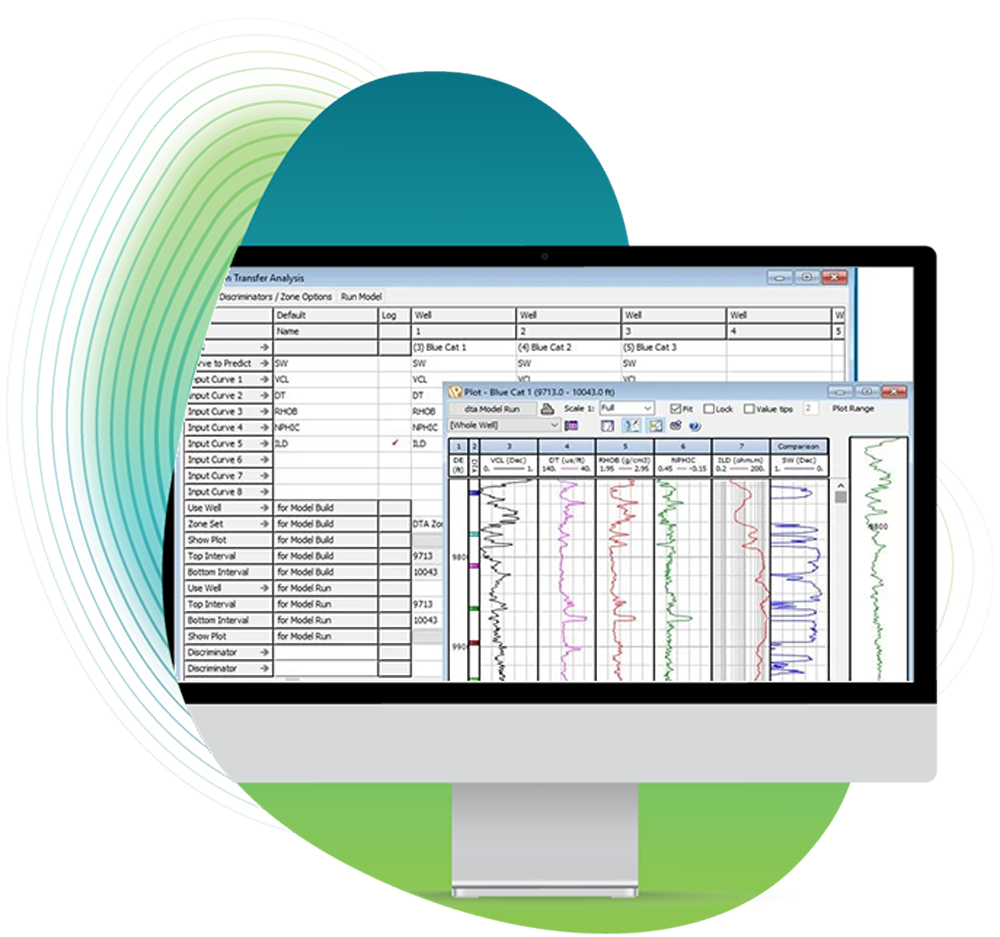
North Sea Database
Our database is designed to streamline exploration efforts across the Norwegian North Sea. Providing DISKOS members this powerful tool will save you time and money, offering first-hand verified data that ensures accuracy and reliability.

